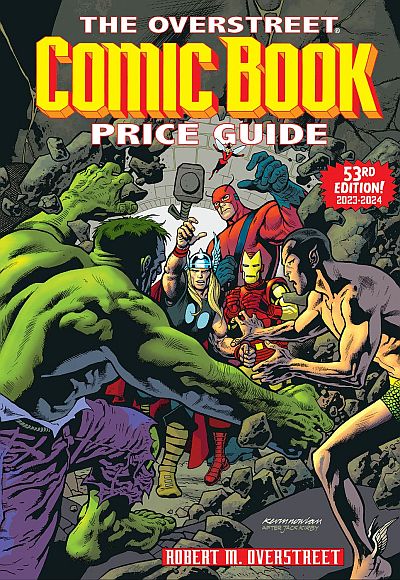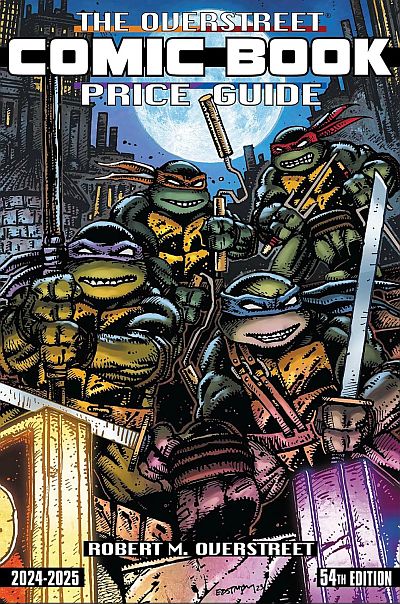In the ever-evolving landscape of the film industry, indie comic book films have carved a distinct niche for themselves. From their humble beginnings as cult classics to their current mainstream success, these films offer a refreshing alternative to the big-budget superhero blockbusters that dominate the box office. With their unique storytelling and experimental visuals, indie comic book films captivate audiences and challenge the conventions of traditional filmmaking.
The Rise of Indie Comic Book Films
Indie comic book films have come a long way since their inception. What started as passion projects by a few visionary filmmakers has now turned into a thriving subgenre that attracts both critical acclaim and a dedicated fan base. The rise of indie comic book films can be attributed to several factors, including the growing popularity of comic book culture, advancements in technology that make it easier and more affordable to produce high-quality films, and a shift in audience preferences towards more diverse and unconventional storytelling.
Cult Classics in the Indie Comic Book Film Genre
One of the defining characteristics of indie comic book films is their ability to create cult followings. These films often fly under the radar, initially receiving limited releases or premiering at film festivals. However, through word-of-mouth and the passion of their dedicated fan base, they gradually gain popularity and become cult classics. These films are celebrated for their unique narratives, unconventional characters, and the way they challenge societal norms and expectations.
Mainstream Success Stories of Indie Comic Book Films
In recent years, indie comic book films have made significant strides in crossing over into the mainstream. With the success of films like “Deadpool,” “Kick-Ass,” and “Scott Pilgrim vs. the World,” audiences are becoming more receptive to the idea of superheroes that don’t fit the traditional mold. These films have proven that there is a market for alternative superhero stories and that they can be financially successful. As a result, major studios and production companies are taking notice and giving indie comic book films the platform they deserve.
The Impact of Indie Comic Book Films on the Industry
The rise of indie comic book films has had a profound impact on the film industry as a whole. It has shown that there is an appetite for diverse and unconventional stories, and that audiences are willing to embrace films that challenge the status quo. This shift in audience preferences has forced major studios to reevaluate their approach to superhero movies, leading to more inclusive and innovative projects. Additionally, the success of indie comic book films has opened doors for aspiring filmmakers and actors who may have previously been overlooked by the mainstream industry.
Key Elements of Successful Indie Comic Book Films
What sets successful indie comic book films apart from their mainstream counterparts? While there is no formula for success, there are certain elements that tend to be present in these films. They often feature complex and flawed characters that audiences can relate to, as well as stories that tackle deeper themes and social issues. Visually, indie comic book films tend to experiment with different styles and techniques, creating a distinct aesthetic that sets them apart. Ultimately, it is the combination of these elements that makes indie comic book films so compelling and resonant.
Notable Directors and Actors in the Indie Comic Book Film Genre
Many talented directors and actors have been drawn to the world of indie comic book films, attracted by the creative freedom and artistic expression that these projects offer. Filmmakers like Edgar Wright, Matthew Vaughn, and James Gunn have made a name for themselves in this genre, bringing their unique visions to the screen. Similarly, actors such as Ryan Reynolds, Chloe Grace Moretz, and Michael Cera have embraced indie comic book films as an opportunity to showcase their versatility and take on roles that challenge their established personas.
How Indie Comic Book Films Differ from Mainstream Superhero Movies
While both indie comic book films and mainstream superhero movies share a common source material, they often diverge in terms of tone, style, and thematic exploration. Indie comic book films are known for their darker and more grounded approach, focusing on character-driven narratives and exploring the human side of superheroes. They often subvert genre tropes and offer a more nuanced and introspective take on the superhero genre. This contrast between indie and mainstream superhero movies allows for a more diverse and well-rounded representation of superheroes on the big screen.
The Future of Indie Comic Book Films
The future looks bright for indie comic book films. As they continue to gain recognition and critical acclaim, we can expect to see an increase in both the quantity and quality of these films. With major studios and production companies recognizing the commercial potential of indie comic book films, we are likely to see more investment and support for these projects. This will not only result in a wider variety of stories being told but also provide opportunities for new and emerging talent to make their mark in the industry.
Conclusion
Indie comic book films have come a long way from their humble beginnings as cult classics. Through their unique storytelling and experimental visuals, these films have captivated audiences and challenged the conventions of traditional filmmaking.
With their increasing popularity and critical acclaim, indie comic book films are reshaping the way we perceive the superhero genre. As they continue to gain recognition and support, we can expect to see more diverse and thought-provoking stories being told on the big screen. So, whether you’re a die-hard comic book fan or simply looking for something different, indie comic book films offer a refreshing alternative that is well worth exploring.
Popular Articles to Read:
- Marvel’s Comic Book Villains Turned Heroes
- Secret Identities in the Marvel Universe
- How to Get Into Comic Book Collecting
- Most Popular & Affordable Comic Book Series







